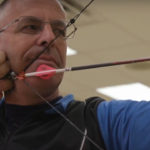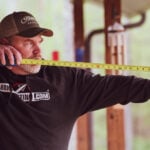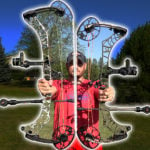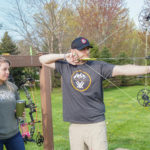If you are scratching your head trying to make sense of all the technical stuff we write about and the myriad of options available to you when just starting your journey into archery and bowhunting, this article is for you.
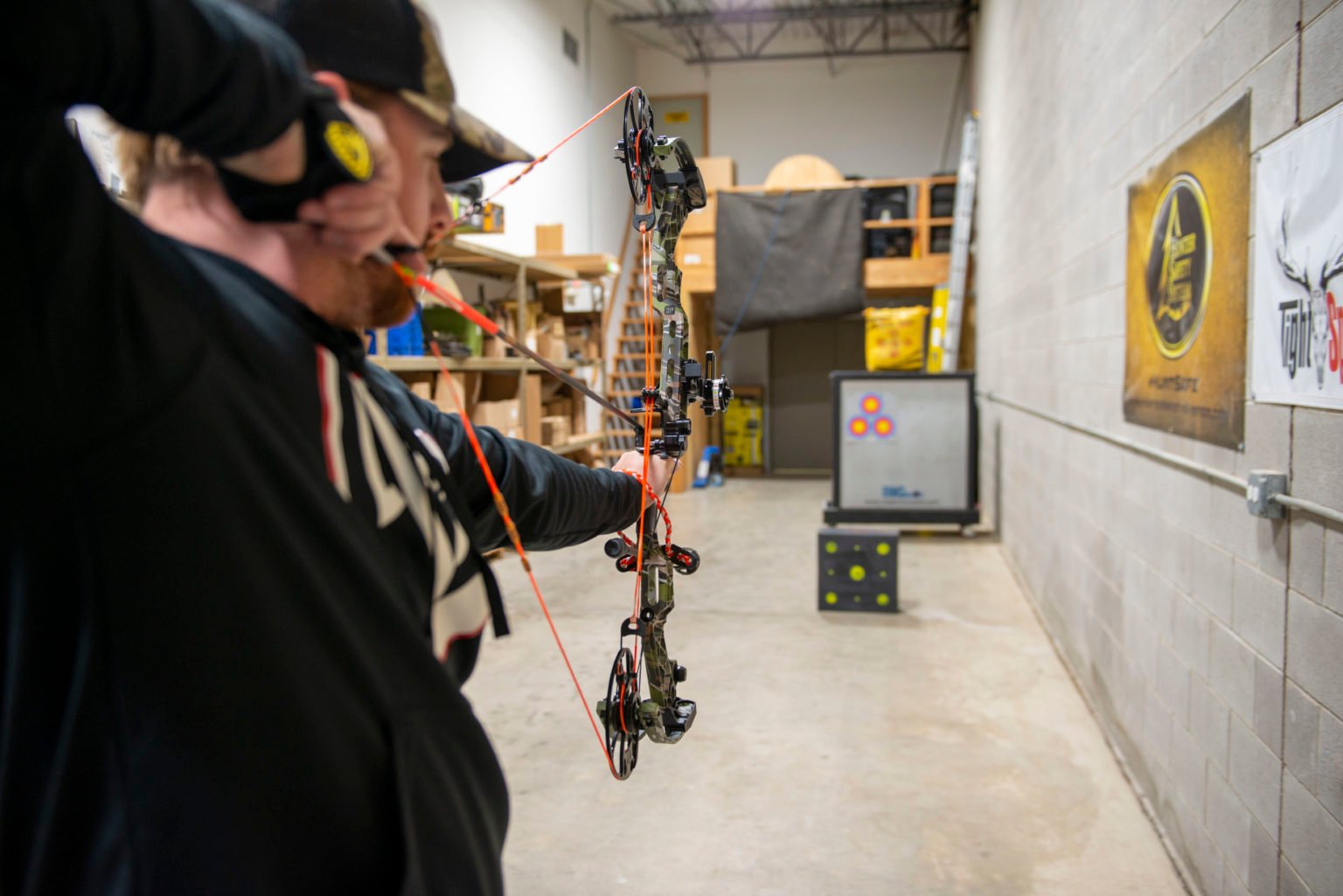
Bow Options
There are hundreds of bows on the market that all do the same thing – shoot arrows.
Some are a bit faster, some are quieter and some have nicer grips, but for the most part, if the company is still in business in this competitive industry, it has to be making solid bows.
Don’t get too hung up on brands. Focus on the things that really matter first and narrow the field in that way. Then test fire a few bows to see which ones feel the best and shoot the quietest.
You need a bow that fits, one that has the right draw length and draw weight. If you will use a release aid, make sure you have it handy when testing your draw length.
Your correct draw length is the one for which the elbow on your release arm points straight away from the target when you anchor in the correct location.
If you are shooting fingers, the correct location is with the index finger near the corner of your mouth as you look straight ahead (don’t turn your head away from the target and then look out of the corners of your eyes – a bad habit).
The correct anchor point if you are a release aid shooter is one in which your fist is pressed against the back of your jaw, again when your head is turned straight at the target.
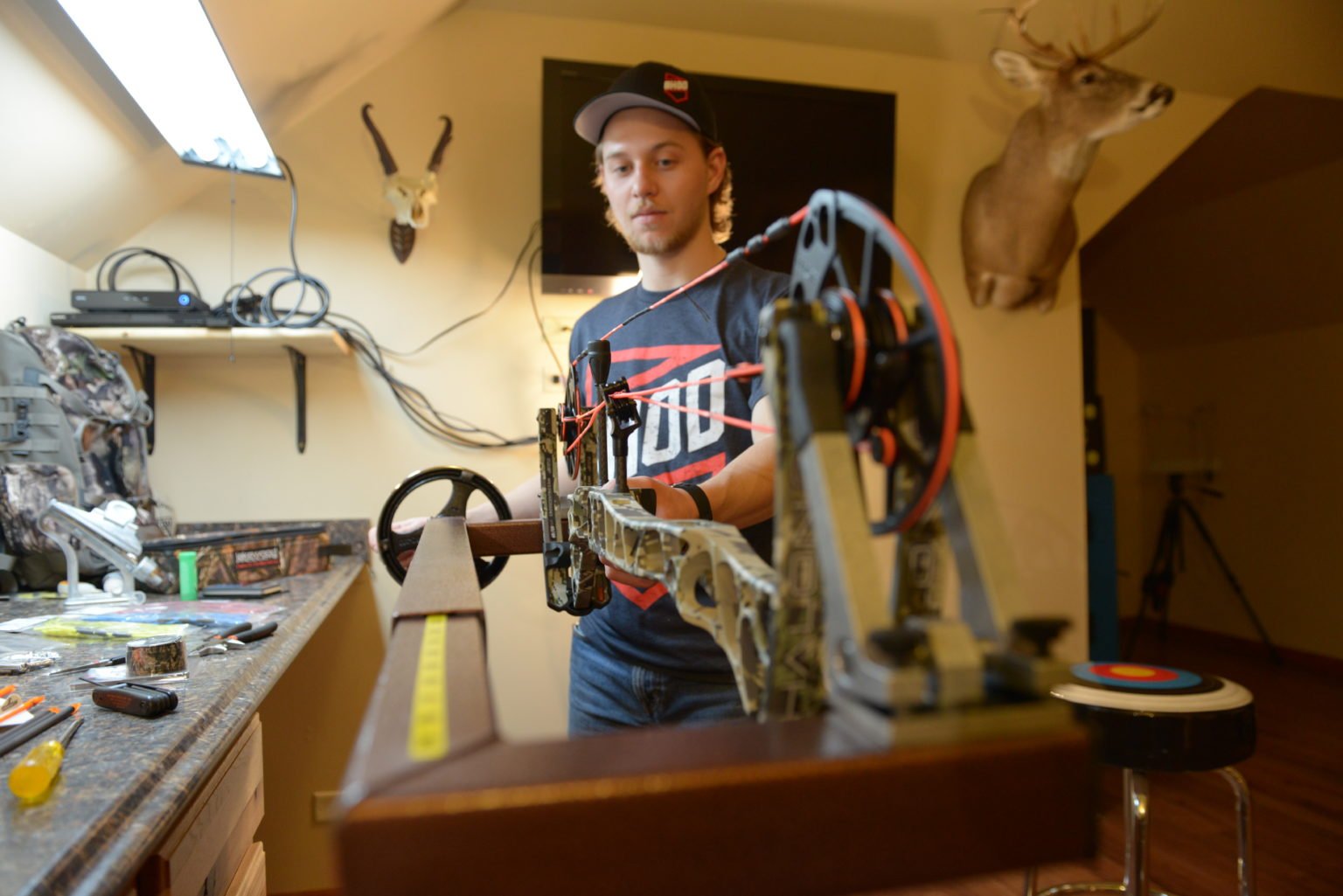
Be careful not to try to shoot a bow that draws too heavy.
Your archery muscles will grow much stronger with practice, but at first, you run the risk of hurting your shoulders if you try to shoot too heavy. Find a draw force that you can handle easily.
By that, I mean a draw force you can pull back while sitting in a chair without the need to raise your bow above your head in order to get the string back. If you can’t pull the string straight back, it is too heavy.
Now, if you haven’t been doing a lot of shooting you should eventually be able to handle ten pounds more with practice. B
uy a bow that has a maximum draw force that is 10 pounds over your current comfortable limit and then back it down in the short-term until you gain strength.
As your archery muscles become stronger, you will have the flexibility to increase the draw weight.
Brace height (the distance from the string to the back of the grip) is another aspect of bow design that you should specify up front to narrow your search.
I think anything measuring from seven to eight inches makes a lot of sense for most bowhunters. Brace heights in this range offer enough forgiveness to accommodate average shooting form yet they still produce plenty of energy storage for fast arrow flight.
I realize this seems kind of heavy, but it is the language of the trade. It doesn’t matter if you don’t really understand all of it, just make sure you don’t buy a bow with a brace height under 7 inches until you are an accomplished shooter and you will be just fine.
After narrowing your search, you should be able to go into any archery shop with a shooting lane and test fire several of the bows that fit your needs.
Personally, I look at three things to narrow my choices down to just one: grip, noise level and price. Price is self-explanatory.
You also want a bow that feels good in your hand – that is very important. Finally, all else being equal, choose the quietest bow.
Which Release
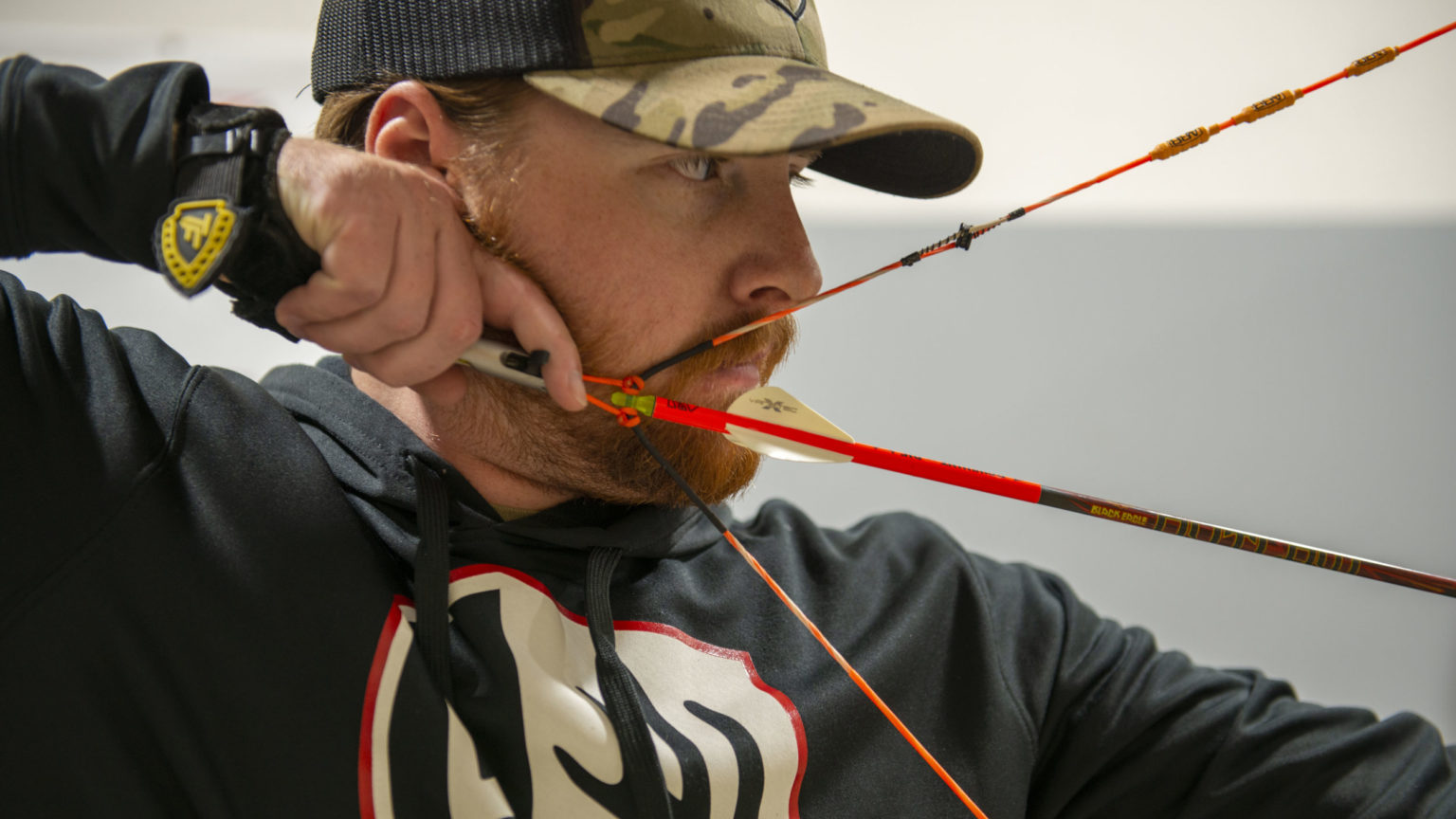
The release decision requires that you answer two questions. First, do you want a wrist strap release that you trigger with your index finger or a handheld release that you trigger with your thumb?
There is no clear reason to favor one over the other. I use a wrist strap index finger model but only because I got into bowhunting from an early boyhood of gun hunting so it was more intuitive to me.
Beyond that, it comes down to personal taste. You will be able to shoot them both very accurately.
Second, will you use a bowstring nocking loop on your bow? A nocking loop is a short piece of cord tied into a loop that spans your arrow’s nock when you snap it on the string.
You then attach your release to the loop rather than directly to the string. There are a few advantages to this method.
First, you apply pressure to the string evenly above and below the arrow so you don’t exert any torque to the arrow itself. Second, you can replace the loop as often as required without having to reserve your bowstring.
On the other hand, bowstring serving wears out regularly if you attach your release straight to the string.
The only downside to the loop, and it is a small one, is that it may take an extra second to hook it with your release (because it can collapse) compared to the time required to attach a release directly to the taut bowstring.
If you choose a string nocking loop (my recommendation even though I still attach directly to the string) you should also choose a release aid designed specifically for the loop.
I like those that have an open single jaw that permit you to simply hook the loop from one side rather than trying to sandwich it between two jaws (a little harder to do when a big buck is walking toward you).
Also, because the loop extends beyond the string it has the potential to shorten the draw length of the bow slightly and that is not necessarily desirable because that also reduces the amount of energy the bow can store and the arrow speed and arrow energy it delivers.
However, you can overcome this by selecting a release aid that has a very short distance between the trigger and the single jaw. In that way, you don’t give anything up.
If you decide to attach your release directly the string, you will need a model with two jaws, similar to the basic caliper.
Drop Away And Full Capture Rests
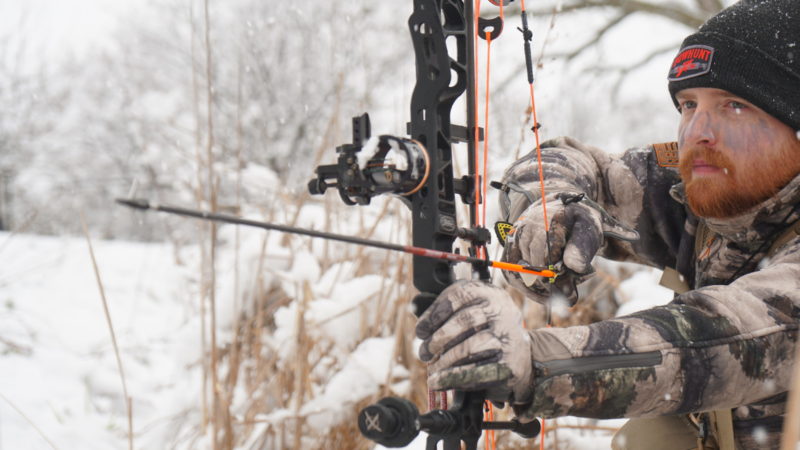
In my opinion, drop-away rests or full capture rests are the best choices for bowhunters who shoot carbon arrows (my recommendation).
Because carbon arrows have small diameters compared to aluminum arrows, they require special consideration when setting up a conventional rest to avoid contact between the fletching and the rest.
Drop-away rests eliminate this concern because they support the arrow only long enough to give it a stable direction as it speeds forward and then the launcher drops away to miss the arrow’s fletchings.
Full capture rests are those like the Whisker Biscuit that hold the arrow from at least three sides.
These rests assure that the arrow will be properly positioned and ready to launch regardless of how much you shake, how much the wind blows or even the angle that you are forced to use when drawing the bow.
For that reason, they are a good choice for bowhunters of all levels. I have tested them and have not found enough difference in accuracy for me to comment.
In other words, they seemed to be easily accurate enough for typical bowhunting ranges. I’m not sure that an Olympic archer would want to use one, but until you start winning gold medals, they are a fine choice.
Keep It Simple For Sight Success
You don’t need a fancy sight to shoot all the deer you can fit in your freezer, but you do need a rugged one with well protected fiber optics.
Three pins should be more than enough until you become an accomplished archer. I would set the pins for 20, 30 and 40 yards to start.
You may never shoot past 30 yards for a few years but having that 40-yard pin will permit you to practice at 40 yards, which will improve your shooting at 20 and 30 yards.
The 20-yard pin will be good for shots under 20 yards. For shots between 20 and 30 yards, you can aim using the gap between the pins.
When selecting the sight itself, chose one with spooled fibers because they are so much brighter than standard fiber optic pins.
Again, just make sure that the fibers themselves are well protected where they are entering the sight pin.
I have had poor luck with sight pins that have an unsupported loop of fiber ending in the pinhead. The ones I have tested broke easily.
I still get some questions about the best way to set sight pins.
Personally, I like to slide the middle pin up or down until it is in the vertical center of the sight body and then move the entire sight body (nearly all the sights on the market now are gang-adjustable) to sight-in that pin.
Then it is easy to set the 20-yard pin and the 40-yard pin to achieve the proper pin gap.
Another tip that you will find helpful involves the shape of your sight body and the size of your peep sight.
Choose a sight with a round pin guard and a large peep sight (1/4 inch diameter) and center the entire sight body inside the peep rather than just the individual pin you are using.
This will improve visibility, because it is much easier to see through the large peep, without reducing accuracy.
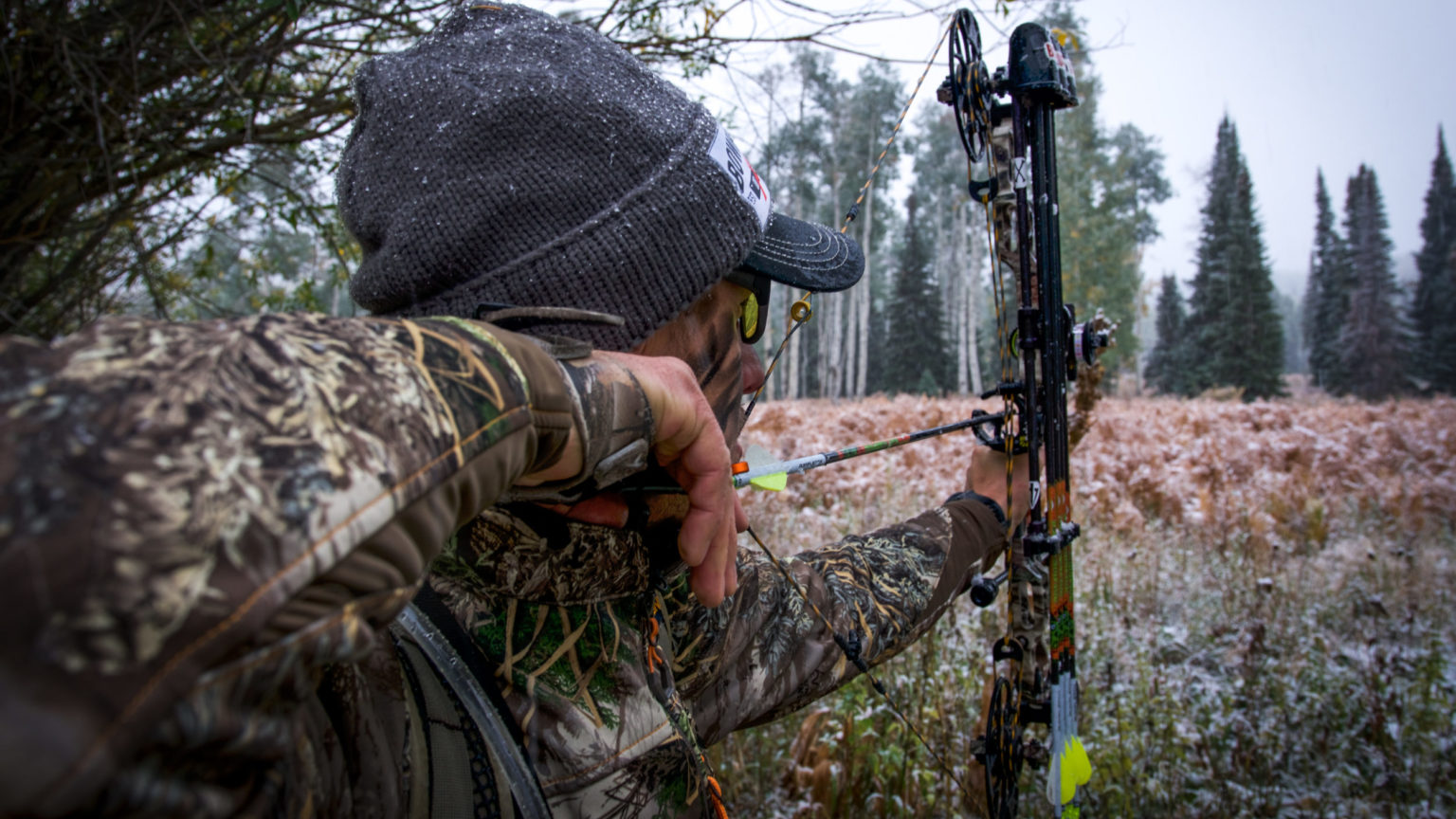
Simple Shooting Form Tips
Now that you are rigged and ready, it is important to get off on the right foot with your shooting form.
Again, I’ll try to boil this down to the most important things so you don’t have to try to remember a lot of dos and don’ts.
First, as a general principle, strive to squeeze off the shot so you don’t know exactly when the bow will fire.
This is just as important to a bowhunter as it is to a rifle shooter.
You are going to feel like punching the trigger when the pin stops near the spot, but resist that temptation and learn to squeeze the trigger while the pin floats around your intended spot and you will shoot much better over the long haul.
Second, learn to relax every muscle not required to hold the string back fully so that your pin has the best chance of settling and is not jumping around.
It is especially critical to relax your bow arm and bow hand.
Finally, focus on your follow-through. Try to keep the bow in the aiming position until the arrow hits the target.
You won’t be able to do this entirely, but just the effort of trying will help keep you on the target better and maintain a more consistent follow-through.
One typical habit among novice and beginning archers is the tendency to drop the bow arm after the shot.
I see this all the time. Again, simply making an effort to keep the bow on the spot until the arrow hits will dramatically improve your accuracy.
Bowhunting with all its intricate gear and complex strategies can seem like a difficult activity to master, but it really doesn’t have to be.
We enjoy splitting hairs sometimes and that makes it seem confusing. If you keep things simple, both in your gear and your strategies, you will enjoy the sport more and have more success right from the start.
Proper Arrow Selection
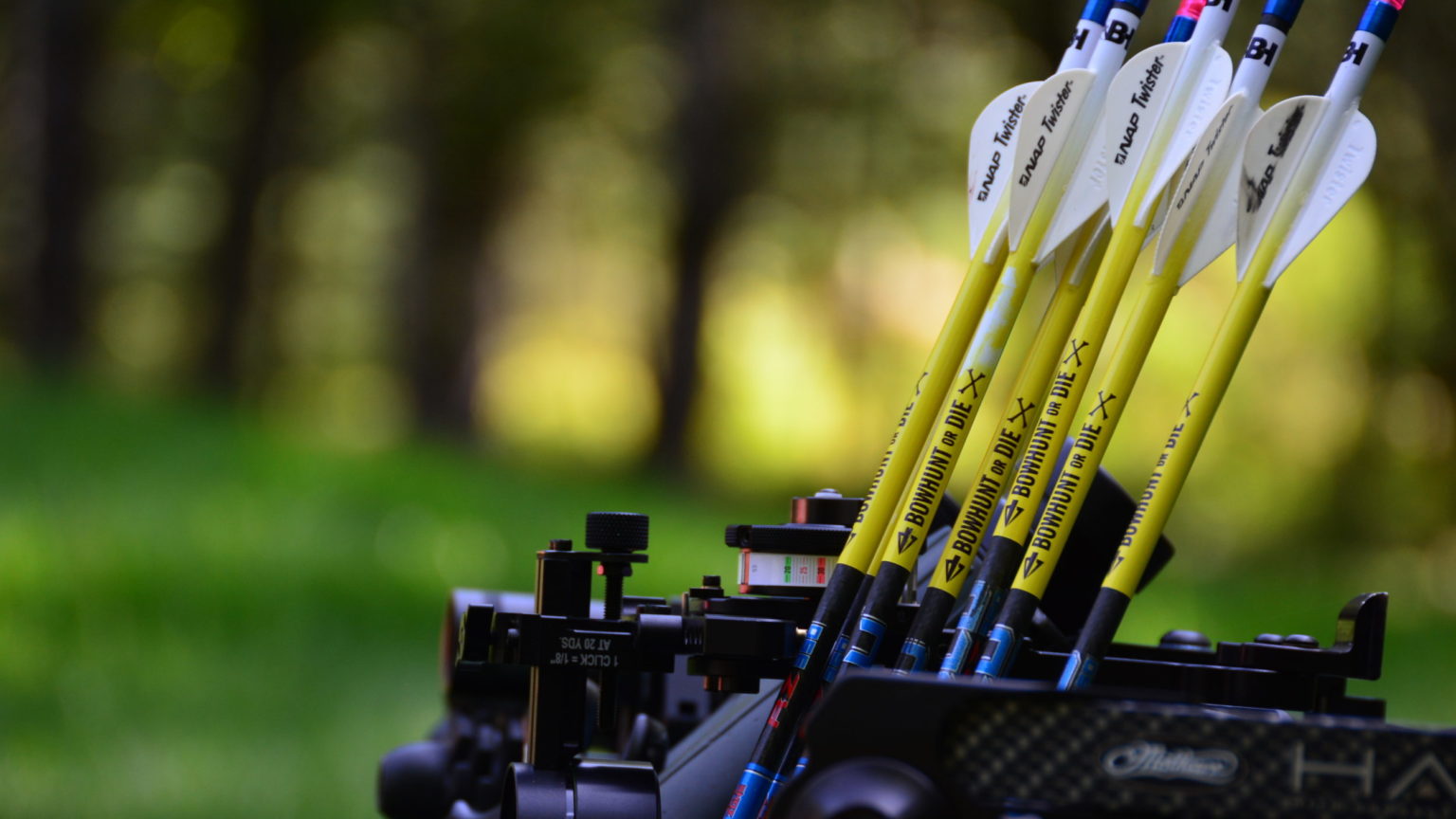
The exact brand of arrows you choose is less important than the weight of the arrows.
The ideal weight for your arrows, in my opinion, is 6.5 grains of total finished arrow weight for each pound of your bow’s maximum draw force.
So if you are shooting a 60 pound bow, you should strive to shoot arrows that have a finished weight of at least 390 grains – that includes the weight of the broadhead.
The exact brand of arrows you choose is less important than the weight of the arrows.
The ideal weight for your arrows, in my opinion, is 6.5 grains of total finished arrow weight for each pound of your bow’s maximum draw force.
So if you are shooting a 60 pound bow, you should strive to shoot arrows that have a finished weight of at least 390 grains – that includes the weight of the broadhead.
Carbon arrows are very popular now and they are a great choice. A number of different brands give you multiple weight options for any given stiffness, so all you need to do to find the right arrow weight is to shop around a little.
Typically, you can find the arrow weight listed in company literature. Nocks usually weigh around 10 to 15 grains, inserts around 20 grains (for carbon arrows) and 4-inch vanes around 20 grains.
Use helical fletching on your arrows. Four-inch vanes are very popular; some bowhunters are even going to the high profile short vanes such as the Bohning Blazer and NAP QuikSpin Speed Hunter. I’ve used both and they grouped well.
How to Shoot Your First Deer
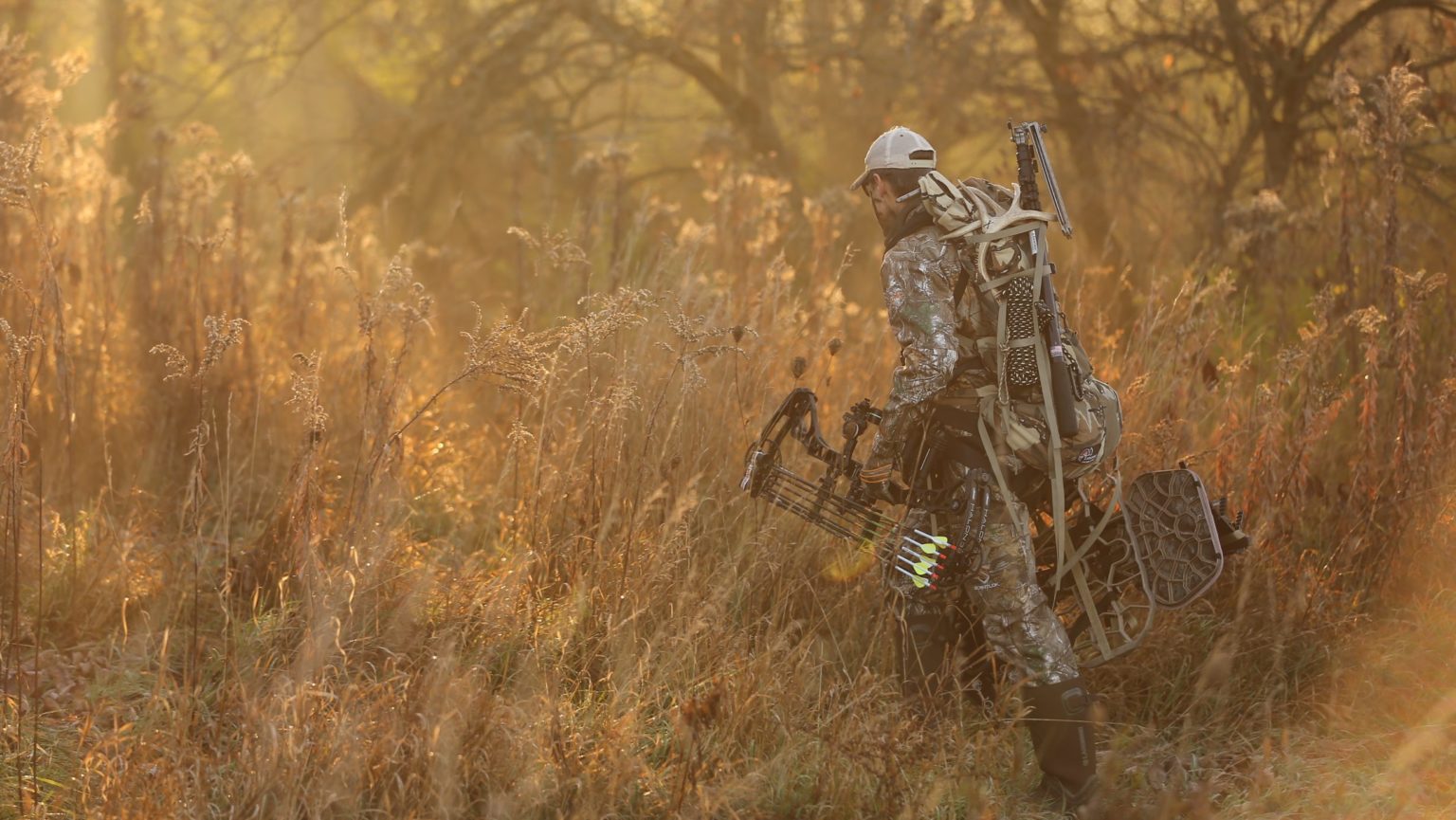
I remember my first bow kill like it was yesterday. It was a tremendous moment when I first realized that I really could kill a deer with an arrow.
It was amazing to see how fast the arrow did its work. When a buck ran a short ways and then did the wobbly-legged U-turn, I started to get wobbly-legged myself.
You can experience it this year if you stick with a few simple fundamentals.
Find a good trail between a feeding area and a bedding area that is in a location you think you can get to and from without spooking deer.
Then set up a stand 20 yards downwind of the trail and put in your time. It sounds too simple, and in theory, it is simple.
However, it takes some scouting time to find such a spot. It is easy to find trails but not so easy to find locations along these trails where you can hunt without the deer realizing you are doing so.
Think in terms of your entry and exit routes first. Once you have found a portion of your hunting area that you feel you can get to and from without being seen, heard or smelled you have done 90% of the work.
Next, find a good trail in that area and you will eventually shoot your first deer. Remember this all-important tip: you won’t shoot deer that know you are hunting them.
Keep a low profile and hunt spots you can sneak in and out of easily and success will come this fall.

